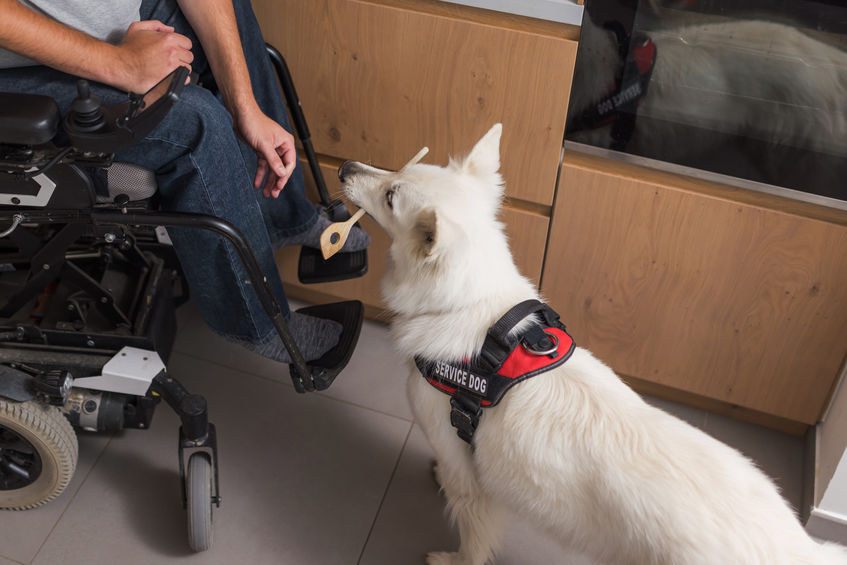
Service dogs are highly trained to perform critical tasks that support their handler’s safety, independence, and well-being. From emotional support roles to physical operations, the actions of a service dog are as varied as the needs they meet. Understanding what these dogs do in action can help clarify the incredible value they bring to daily life and help non-service dog users understand the boundaries and respect they deserve.
Common Actions Service Dogs Perform
Service dogs are trained to carry out a wide range of tasks tailored to support their handler’s specific needs. These actions can often be subtle, but are deeply impactful. These tasks might include:
- Retrieving dropped items
- Opening and closing doors, drawers, or cabinets
- Assisting with balance or mobility
- Providing tactile stimulation during anxiety or panic attacks
- Alerting to seizures or medical conditions
- Reminding their handler to take medication
- Grounding their handler by laying on them
- Creating physical space in public to reduce overstimulation
- Interrupting self-harming behaviors
- Waking up a handler experiencing night terrors or sleep disturbances
- Guiding their handler to safety in overstimulating or triggering environments
- Alerting others or seeking help in case of a medical emergency
These actions are the result of rigorous training designed to enhance independence and safety. Service dogs adapt their behaviors to meet changing needs, making them invaluable partners in everyday life.
Recently, a 16-month-old boxer pup named Reggie made headlines when he jumped into action to help his epileptic French bulldog older brother, Yogi. The video below shows Reggie keeping Yogi safe during his seizure—an action that ultimately saved Yogi’s life.
Source: Boxer dog jumps into action as French bulldog pal experiences epileptic attack | USA Today
What to Do If You See a Service Dog Performing Tasks
When you see a service dog actively working, it’s important to respect the job they’re doing. These dogs are doing critical work, and any distraction can interfere with their performance. Follow these simple guidelines:
- Do not pet or talk to the dog, even if it seems friendly
- Avoid making eye contact or calling out to the dog
- Never offer the dog food or treats
- Give the dog and handler space, especially in crowded areas
However: If the dog approaches you without its handler, it may be seeking help—follow calmly and alert emergency services if needed.
How To Train a Service Dog to Perform Specific Tasks
A service dog’s ability to reliably and dependably perform their tasks requires intentional, consistent training grounded in positive reinforcement.
Training focuses on building trust, reinforcing task-specific behaviors, and shaping the dog’s ability to respond reliably under a variety of conditions. The training required largely depends on factors such as the dog, the handler, and the specific actions the dog needs to perform. However, professional virtual training, such as our service dog virtual training program, can provide extra guidance and assistance when it comes to training your dog to become your service dog.
Virtual Certified Service Dog Training Courses
Whether the goal is to train a personal service dog or become a certified trainer, our virtual training programs provide comprehensive, at-home learning that makes expert training more accessible than ever, allowing you to learn at your own pace with our expert support along the way.
To get started, browse our virtual training courses page to sign up for your preferred course. If you have any questions, please fill out a contact form, email us, or call us at 201-914-8268.



